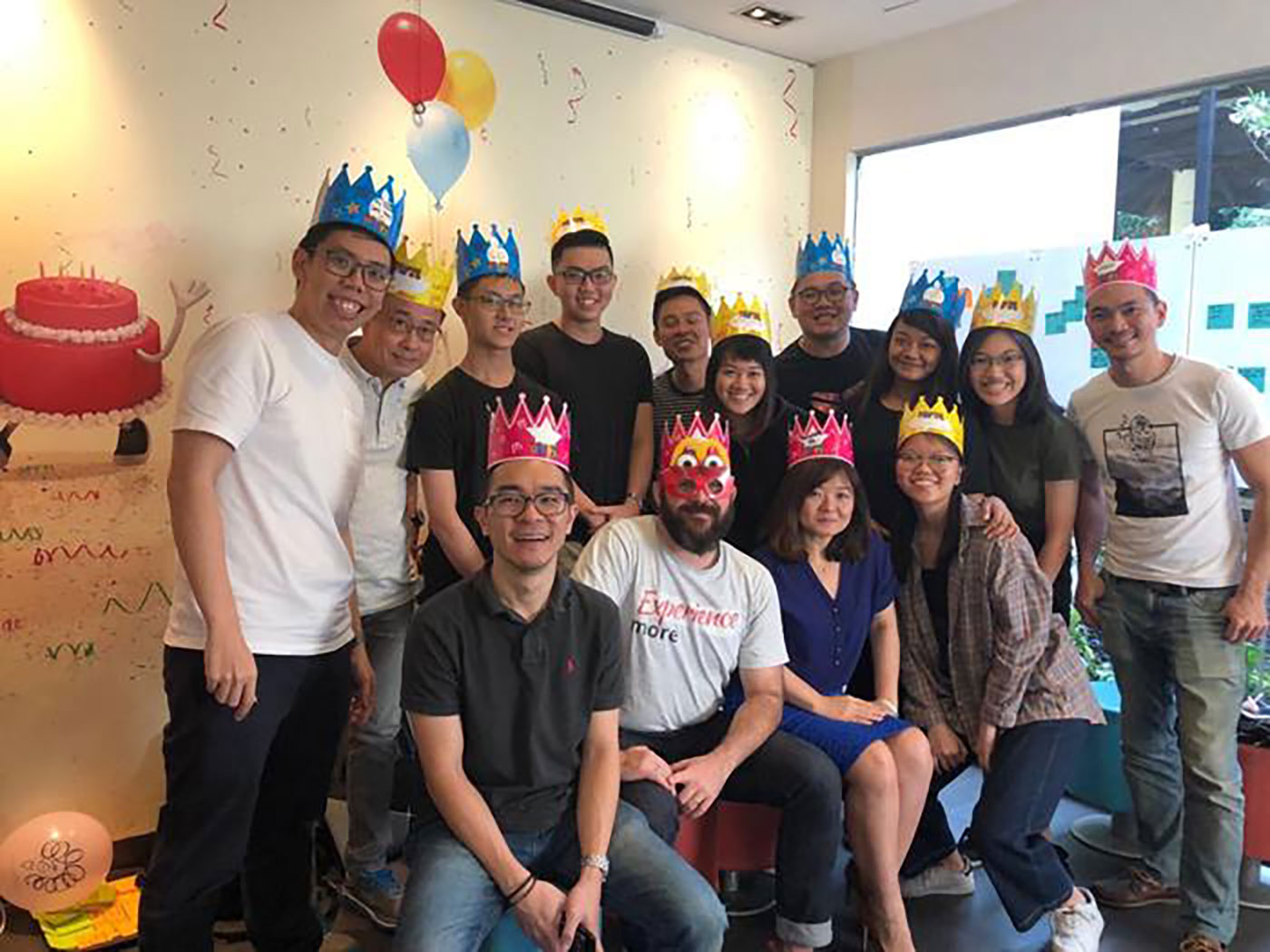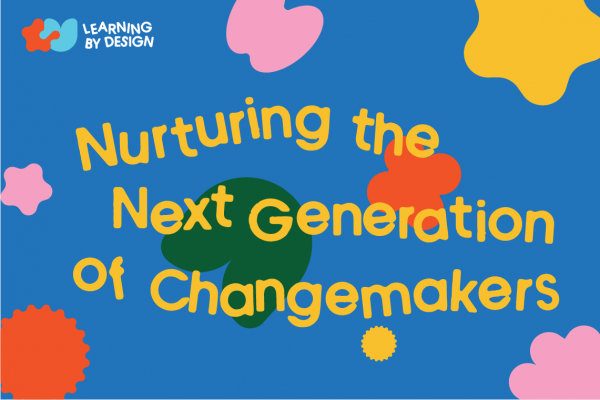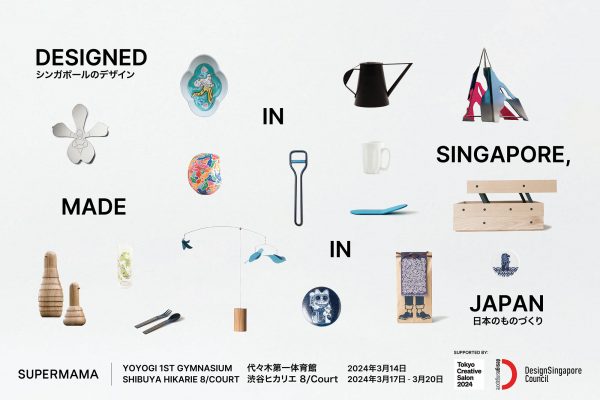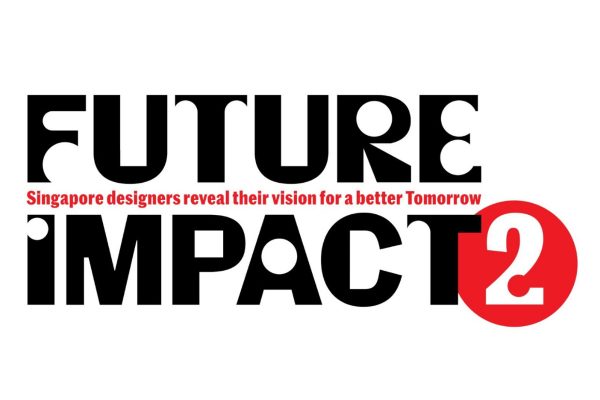How did DBS – one of Singapore’s oldest banks – transform from a traditional financial institution to a nimble tech company in the financial space in a decade? Mark Englehart Evans sits down to walk us through the role that human-centred design played in the bank’s transformation process.

On the business networking platform LinkedIn, you’ll find that Mark Englehart Evans describes himself as “defending people from bad banking experiences!”
The Head of Experience Strategy in the DBS Transformation Group is totally serious about his mission.
At DBS, he helms a team of 12 that operates like an internal consultancy for the bank. Using DBS’s customised design thinking problem-solving framework, they coach colleagues to tackle the bank’s most intractable problems.

This human-centred design approach has been instrumental to the bank’s startling digital transformation and eventual successes
DBS recently became the first bank in the world to hold three top honours at the same time. In July 2019, it was named “World’s Best Bank” by leading global financial publication Euromoney; last year, it netted the Global Finance’s “Best Bank in the World” award and The Banker’s “Bank of the Year – Global”.
A monumental feat for any other bank, let alone a heavyweight institution that began in 1968 as the Developmental Bank of Singapore.
From bank to banking less
From being a traditional financial institution, DBS – present in 18 markets – now considers itself a nimble customer-centric tech company – which happens to be in finance.
The transformation started in 2009, when current CEO Piyush Gupta joined the bank.
“The joke at the time was that DBS stood for ‘damn bloody slow’,” said Evans, as he sat down with the DesignSingapore Council to share DBS’s digital transformation by design.
At that time, there were long queues at the bank branches and ATMs, it took forever for credit cards to be processed, and it had the worst customer satisfaction scores of all the banks in Singapore.
A finger in many PIEs
Something had to be done – fast. Transformation was focused on processes that were “damn bloody slow” in order to become a “respectful, easy-to-deal-with, and dependable” bank.
Paul Cobban, Chief Data and Transformation Officer, kickstarted a series of Process Improvement Events (PIE). These were projects that would streamline processes and boost efficiency, from cutting queue times to replacing credit cards within three days, instead of 30.
Tapping existing problem-solving approaches, including Six Sigma, the PIEs saved DBS customers 250 million hours and had an immediate and significant effect on customers.
Said Evans, “When we look back, the reason PIE was so successful was because the customers’ pain points were so apparent, we didn’t have to ask the customer. But once we started melting the big blocks of ice, we realised there were other problems to solve which we had never considered before.”
To move to a deeper level of transformation, the bank realised it had to start engaging customers to truly understand how DBS could serve them well.

Gaining empathy and identifying unmet needs
The bank began drawing from the designer’s toolkit to gain insight and empathy for customers. Ultimately, using the best parts of different innovation approaches, a small team of four created DBS’s own customer-focused problem-solving model called the 4Ds – Discover, Define, Develop and Deliver.
4D was launched with a big bang in 2016 by CEO Piyush Gupta, to over 250 of the bank’s top managers at its Group Leadership Conference. He said, in no unclear terms, that they were to start at least one 4D journey after the conference.
The intent was to put top leaders into the shoes of the customers – they and their teams had to begin deeply understanding their – be it a regular man in the street, or a corporate client – and begin mapping out their banking journey.
Within six months, between 250 and 300 journeys were initiated from within the bank’s 26,000-strong workforce. These spread across DBS’s offices in Singapore, China, Taiwan, Hong Kong, India and Indonesia.
The teams had coaches guide them in forming customers personas and went through the 4D process to articulate needs and motivations. These might have included observing customer interactions at physical outlets; analysing data from digital transactions; conducting in-depth interviews with customers to understand fears, concerns and hopes in order to distil insights and opportunities; brainstorming and testing new ways to make banking much more pleasant and even invisible for customers.

The bank also assembled a team of senior staff to create 10 Iconic Journeys to solve the bank’s Top 10 most difficult problems. By 2017, all 10 teams had delivered on their solutions.
One idea was to allow customers to apply for an instant credit card for their virtual wallets. So, a bank customer who clicked on a DBS advertisement on their mobile phones could have their credit card numbers instantly activated in their Samsung or Apple Pay apps.
Another was to provide seamless digital account activation for small-and-medium enterprises (SMEs). By understanding their customers better, staff realised that most of the SME sign-ups were existing consumer customers. They found a way to automatically pull out data to pre-fill the SME applications, saving customers the hassle of form filling. This seemingly simple “hack” led to a surge in SME account activation.
Seeing the wins, business units began to dedicate resources towards improving customer experience. Soon, the same happened regionally. The firm focus on customers was now beginning to take root across the bank. You could say, an inevitable culture change was taking place, with every new employee knowing what 4D and journey thinking was about, and being trained to employ the 4D tools.
4D on the Ground
Every year, at the bank’s Global Leadership Conference, its leaders would set the overall direction on what the bank wants to focus on.
On the ground, staff – who may be serving external customers or internal staff – would respond by coming up with ideas to start a customer journey.
“The process is completely decentralised now,” said Evans. “Anyone who wants to start a journey and use design thinking can go onto DBS’s intranet and download the toolkit.”
Today, teams would huddle – to discover, define, develop – in meetings rooms, using lots of Post-its to map their ideas. They may go out to interview customers or bank staff, depending on their target group.
They could draw on online resources, containing materials on the 4D method. If they needed more help, they would call on coaches from Evans’ team for mentorship.
New challenges ahead
As the trend of banks creating mobile-only banks and reducing physical branches grows, customer touchpoints will become increasingly digital-only.
In fact, in 2018, the bank had a significant brand refresh with the “Live More, Bank Less” tagline – reflecting a new digital era where it aims to deliver banking that is so simple, seamless and invisible that customers have more time to spend on things or people they care about.

But this means, going forward, bank staff will not be able to “observe” customers’ interactions and surmise emotions in a completely digital banking universe. Understanding data, said Evans, will be a key way for DBS to continue to gain that empathy.
Case in point: when DBS noticed a regular surge in log-ins on the DBS banking app near the end of each month, the staff hypothesised that customers were logging in to simply check if their salaries had been deposited.
They created an easy “hold and swipe” feature that allowed customers to check their balance without having to log-in. Today, the “Peek Balance” feature is used some six million times a month, making the act of checking one’s bank balance a truly effortless one.
While the bank has snagged the top bank awards, it is highly aware that customer expectations have changed radically with new technology.
“We’re not getting compared to other banks now,” said Evans. “We’re getting compared to other apps. If our UX is not as snappy as Carousell, people notice. If our login time lags more than Grab, people notice. That’s how we are being judged, and we have to make sure our apps are equivalent to or better than these competitors.”
To Evans, the bank is transforming beyond being a bank to becoming a tech company in the financial space. It has now embedded banking into the customer journey, allowing customers to even buy or sell cars, rent properties or choose electricity providers via the DBS website.
If all goes to plan, DBS may very well achieve its aim of becoming the “Disappearing Bank of Singapore”.












